Queens Borough President Helen Marshal, Councilmember Tony Avella, and Public Advocate Betsy Gotbaum spoke in front of approximately 150 hospital staff members on the steps of City Hall on Tuesday. The staffers work for either Mary Immaculate or St. John’s Queens Hospitals and were joined by concerned community members and family.
The two hospitals lack the funding to stay open, and will close if not provided with aid by the state government and the New York State Department of Health (NYS DOH).
Mary Immaculate Hospital is a level one trauma center that serves the majorly uninsured and undocumented population of Jamaica Queens. The facility also has a cancer institute and a 115 bed nursing home.
St. John’s Queens Hospital is a Certified Stroke and Heart Failure Center and operates the only Hyperbaric Oxygen Therapy Unit in Queens. In 2008, St. Johns Queens had 48,000 emergency room visits, 7,000 surgeries, 1,227 deliveries, 14,000 discharges and 50,245 clinic visits.
If the hospitals close nearly 2,500 workers will lose their jobs and the Queens community will be severely impacted. “It is my understanding that in Manhattan there are more beds per person than in Queens.” said Queens Borough President Helen Marshal. “We should not put New Yorker’s safety and health at risk.”
“If we don’t keep our people healthy then what have we got?” said Marshal. “They can’t do anything unless they have their health.” She showed concern about where the people that are currently in the two hospitals will go if they are closed. “All the hospitals are jam-packed” said Marshal.
“If we can come up with a stimulus package to bail out the auto industry and if we can come up with a stimulus package to bail out the banks, then we can come up with a stimulus plan to bail out this city’s hospitals” said Avella. “These hospitals are necessary to the communities they serve and we’re here to say they must stay open.”
“Every viable option must be explored before they are closed down” said Gotbaum, “We should not risk putting excessive strain on surrounding hospitals and jeopardizing New Yorkers health and safety by closing such intensely needed facilities. We must work together with every level of government and come up with a creative solution to keep theses hospitals up and running.”
The New York State Department of Health initiated the Berger Commission in 2006 to find the best way to optimize the health care system for the communities it serves. The Commission reported that by the end of 2008, nine hospitals and eight nursing homes would be eliminated for an annual savings of $106 million. It did not find it expedient to close either of these hospitals.
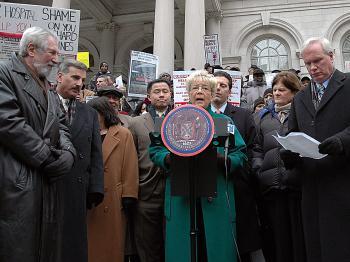
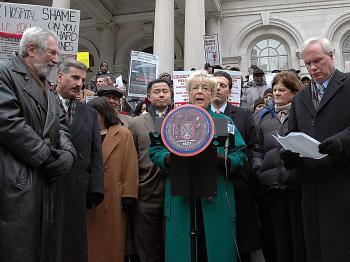
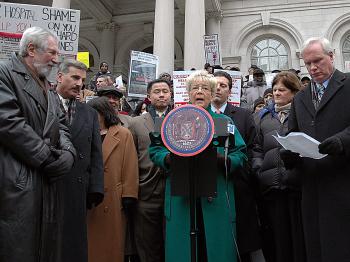

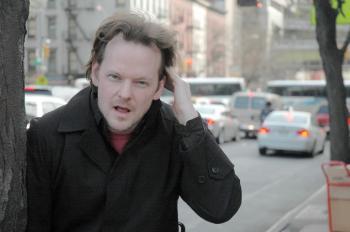
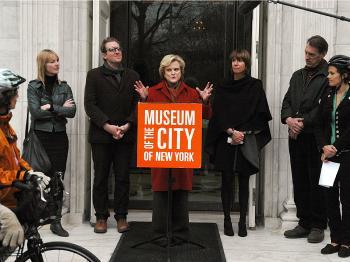
Friends Read Free